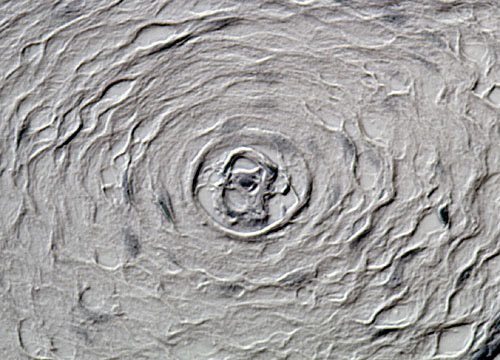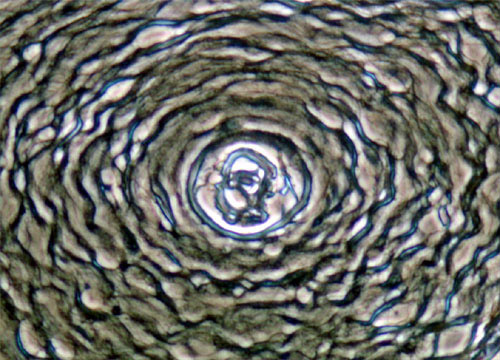Intercellular Bridges
When tissue is prepared for microscopy, the cells shrink and pull apart from each other, but remain attached to neighboring cell membranes via desmosomes. The intercellular bridges that can sometimes be observed are actually tiny extensions of cytoplasm connected to the desmosomes.
 DIC
DIC
 Phase
Phase
Phase
Desmosomes are major tissue stabilizing elements that consist of dense plaques on two opposing cytoplasmic membranes. Cell adhesion proteins cross the intercellular space and bind adjacent cells. The gap between cell membranes is filled with amorphous material that can move freely around the connected areas. Desmosomes and their accompanying intercellular bridges are particularly prominent in tissues that have to endure mechanical stress, such as skin.
DIC
The basic function of the cutaneous desmosome is to assure the epidermal integrity by attaching the cytoskeleton of a cell to the cytoskeleton of the adjacent cell. Desmosomes are also important because they play a role in epithelial morphogenesis and differentiation. Moreover, the proteins of desmosomes are major antigens in autoimmune skin disorders, such as pemphigus. Pemphigus is characterized by the separation of skin cells, causing burn-like lesions and blisters.













